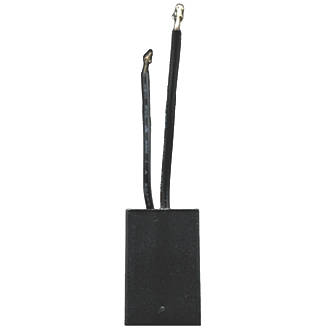Hi all,
Last summer I re-did my decking and installed new outside garden lights using 2 existing garden circuits the builders had previously installed. They installed the switch for these lights in my lounge (1 live, 2 switched only using 3 core cable).
The new lights are Techmar 12V LEDs
Up until this week, I’ve been using a Lightwave dimmer smart switch to control the lights and all has worked perfectly (no neutral required) … until they released their latest firmware which now causes the primary dimmer lights to flash when off! I’ve tried every setting but to no avail.
Lightwave don’t support 12v transformers and seems I’ve been lucky until now although they did send a replacement unit to double check it wasn’t a faulty dimmer but to no avail.
So I have a bit of a problem. There is no way I can pull off a neutral from outside. The wiring box is under the decking with no immediate access.
Is there a switch/dimmer I could use and anyone can recommend which doesn’t require a neutral or would it be viable (not sure if physically possible at this stage) for me to pull off the neutral cable from the ceiling rose connected to my living room light and then pass down behind the dot dab plasterboard to the garden light switch?
Any help appreciated.
Chris
Last summer I re-did my decking and installed new outside garden lights using 2 existing garden circuits the builders had previously installed. They installed the switch for these lights in my lounge (1 live, 2 switched only using 3 core cable).
The new lights are Techmar 12V LEDs
Up until this week, I’ve been using a Lightwave dimmer smart switch to control the lights and all has worked perfectly (no neutral required) … until they released their latest firmware which now causes the primary dimmer lights to flash when off! I’ve tried every setting but to no avail.
Lightwave don’t support 12v transformers and seems I’ve been lucky until now although they did send a replacement unit to double check it wasn’t a faulty dimmer but to no avail.
So I have a bit of a problem. There is no way I can pull off a neutral from outside. The wiring box is under the decking with no immediate access.
Is there a switch/dimmer I could use and anyone can recommend which doesn’t require a neutral or would it be viable (not sure if physically possible at this stage) for me to pull off the neutral cable from the ceiling rose connected to my living room light and then pass down behind the dot dab plasterboard to the garden light switch?
Any help appreciated.
Chris







